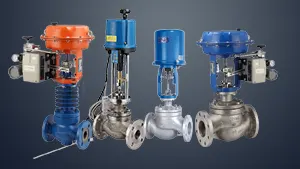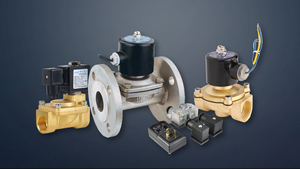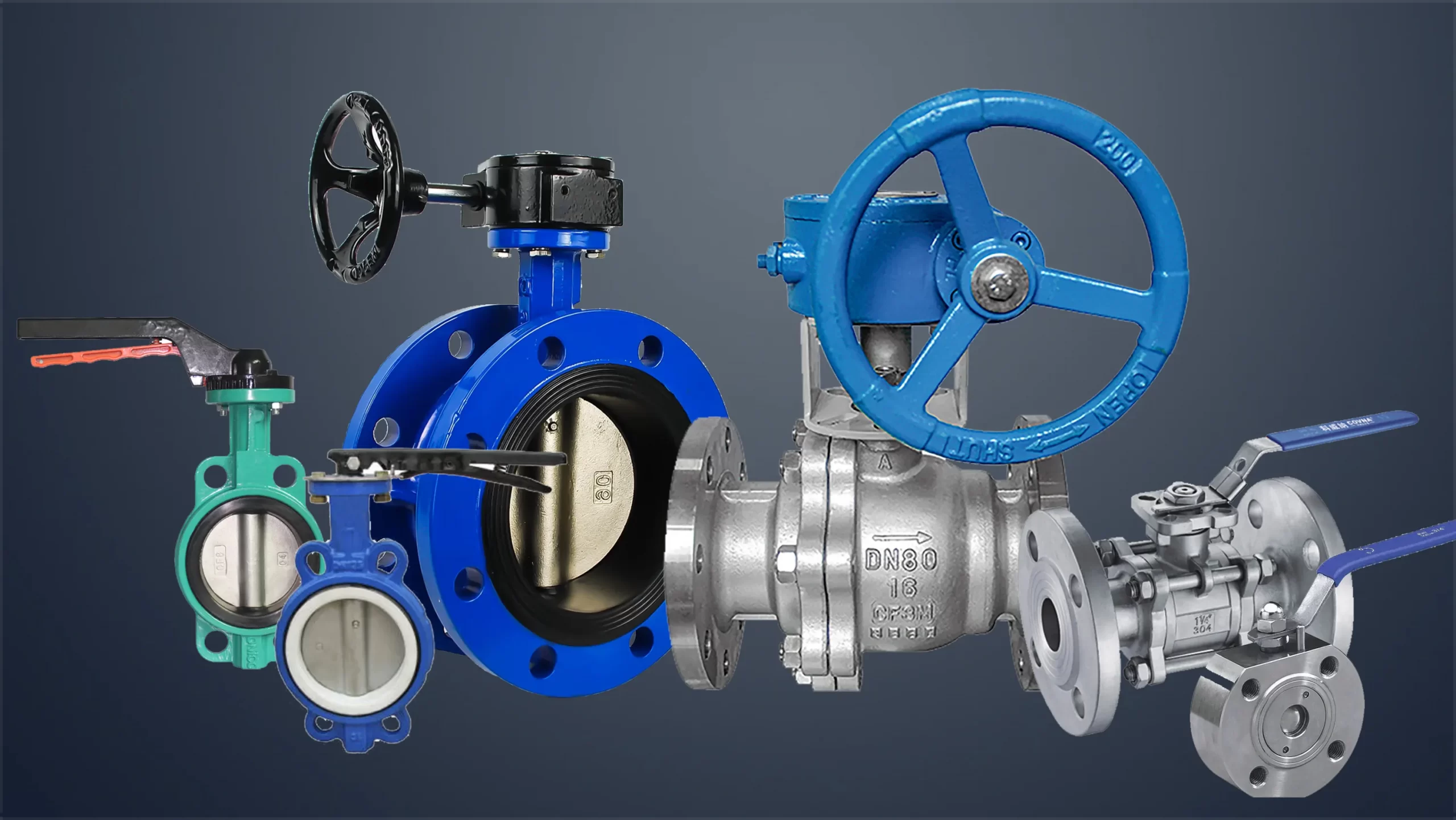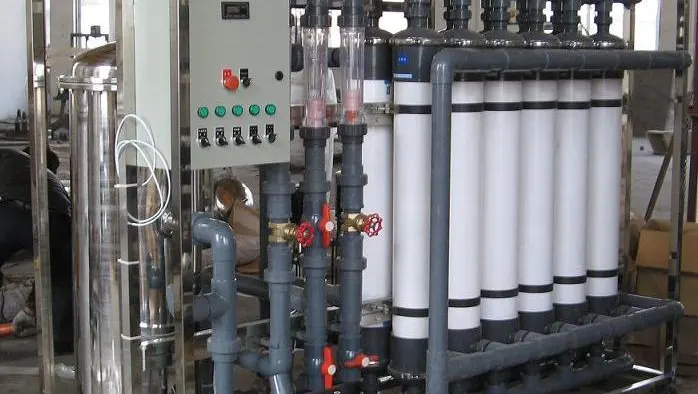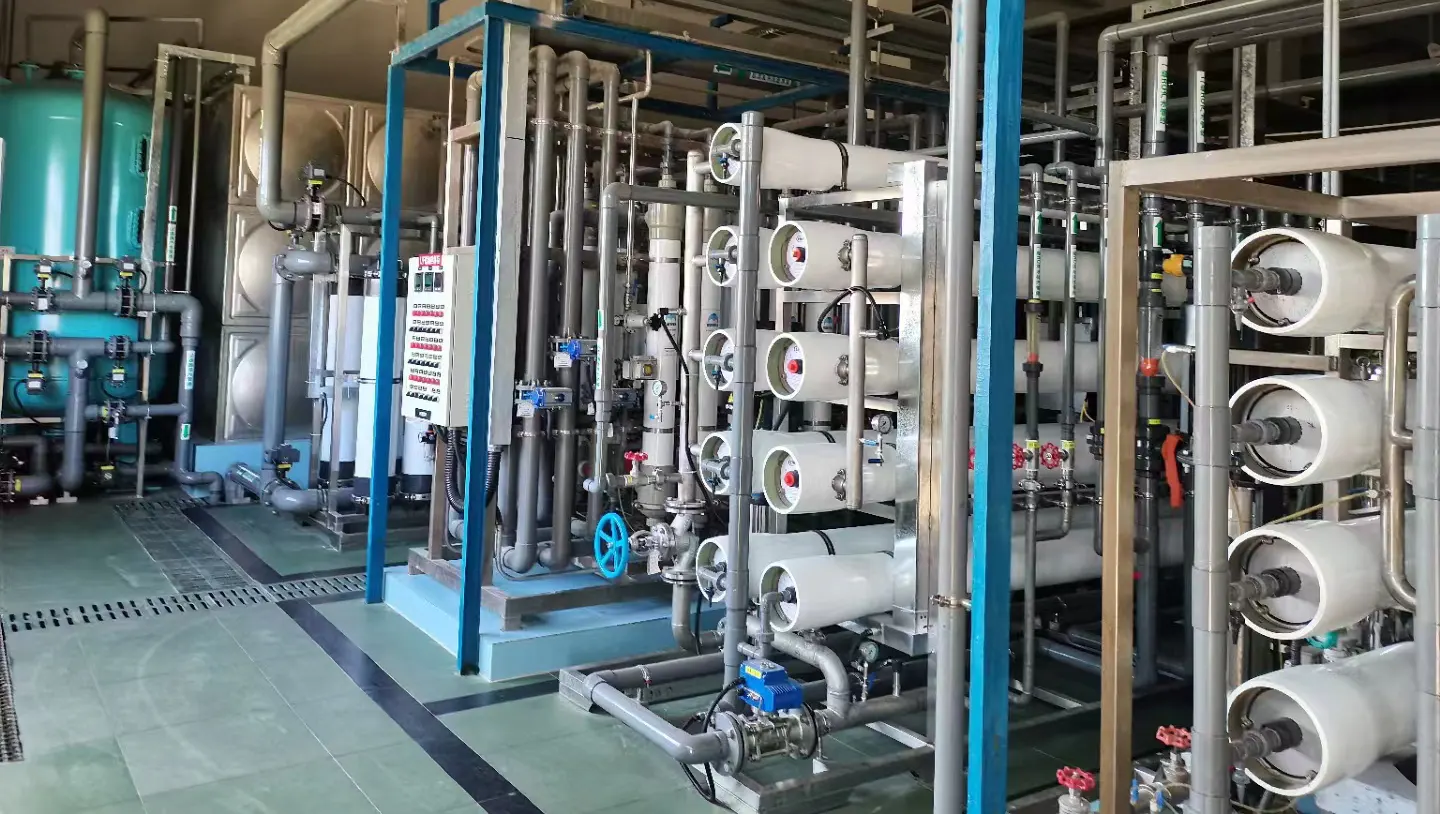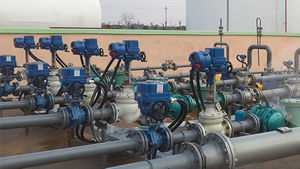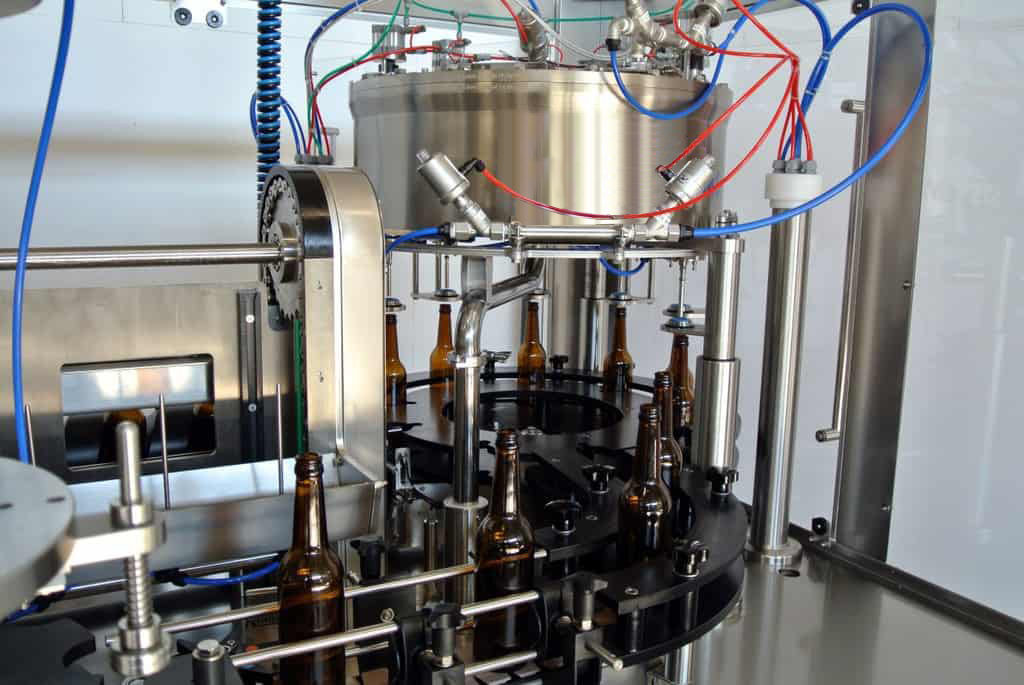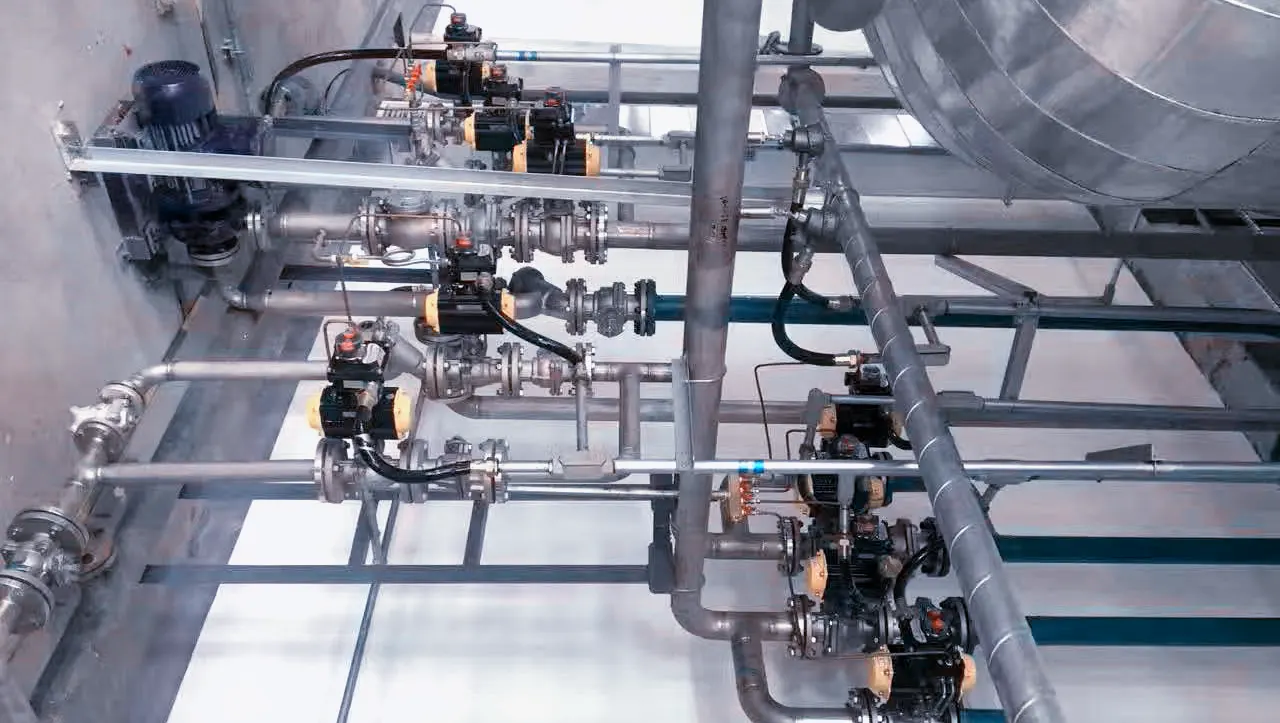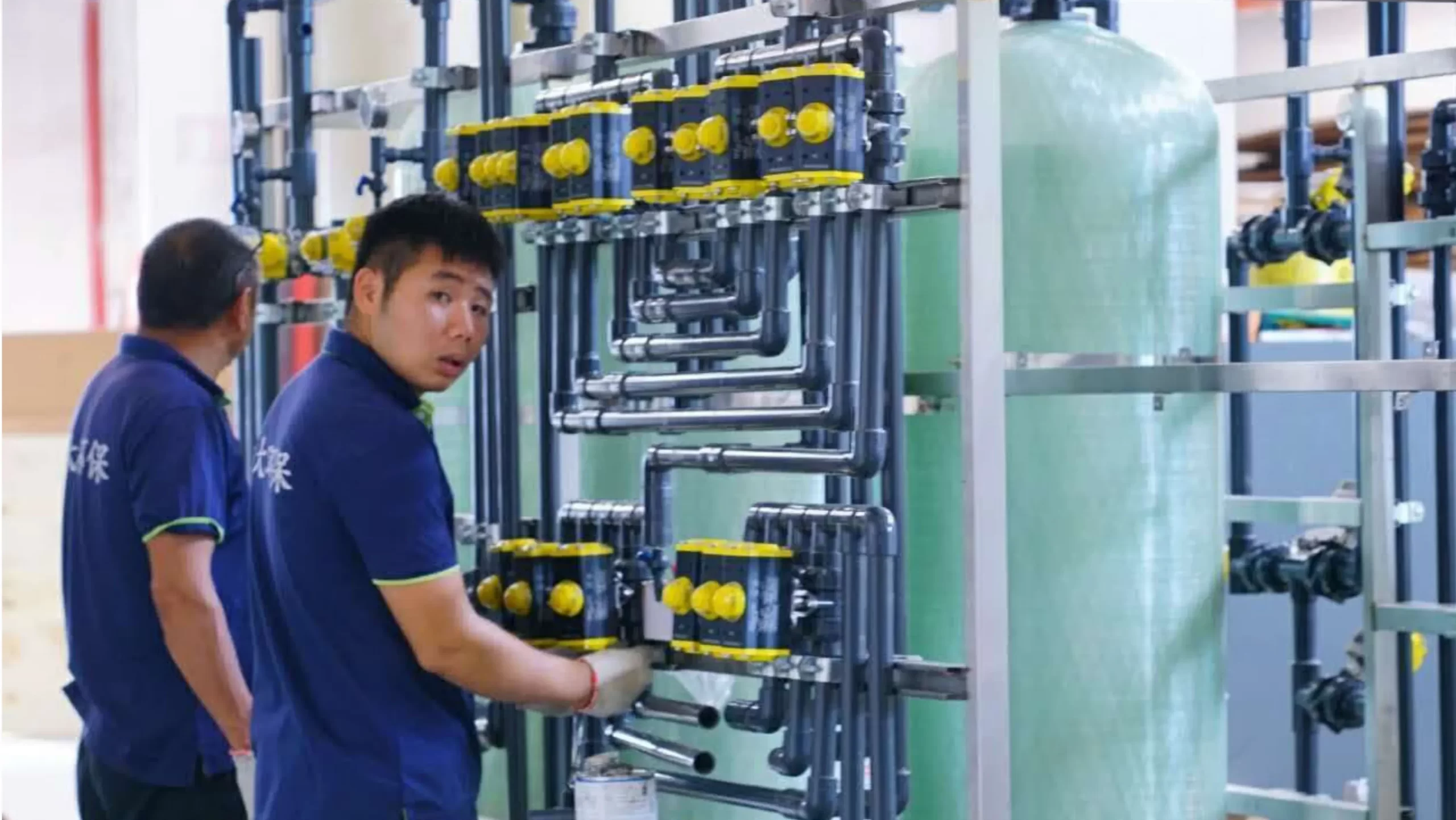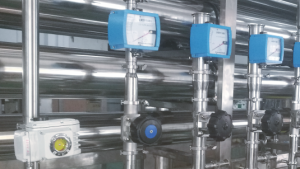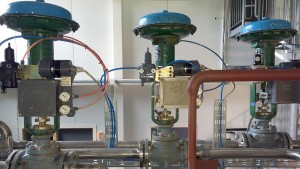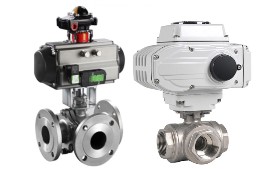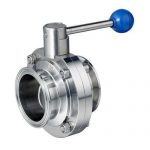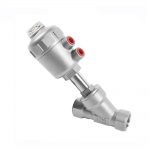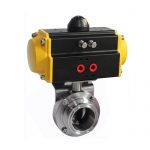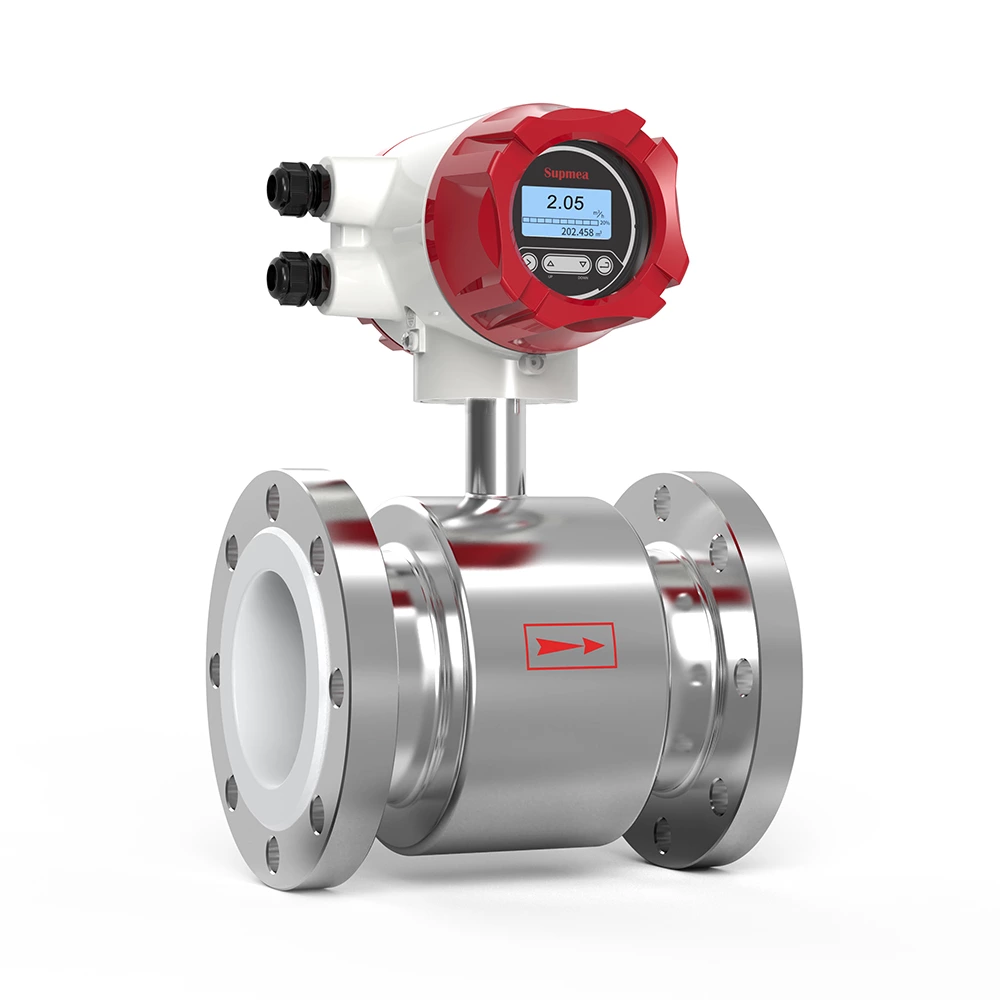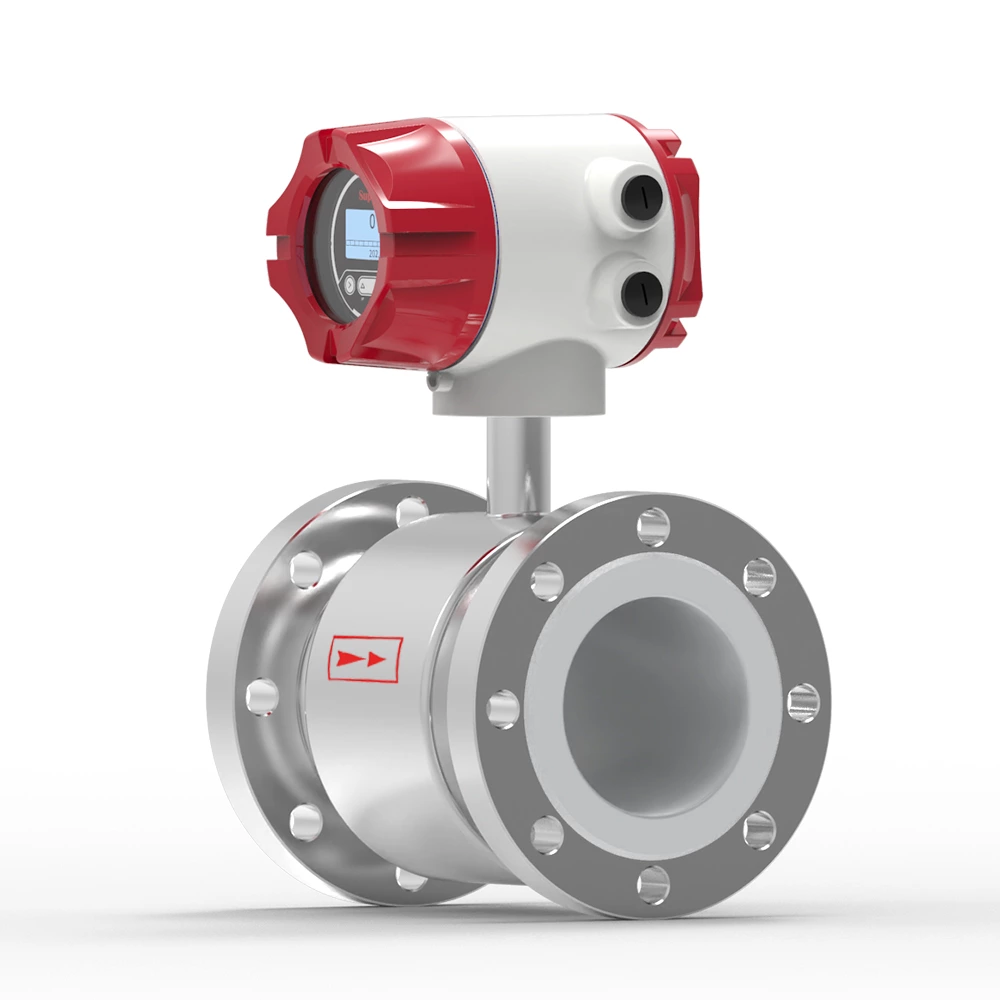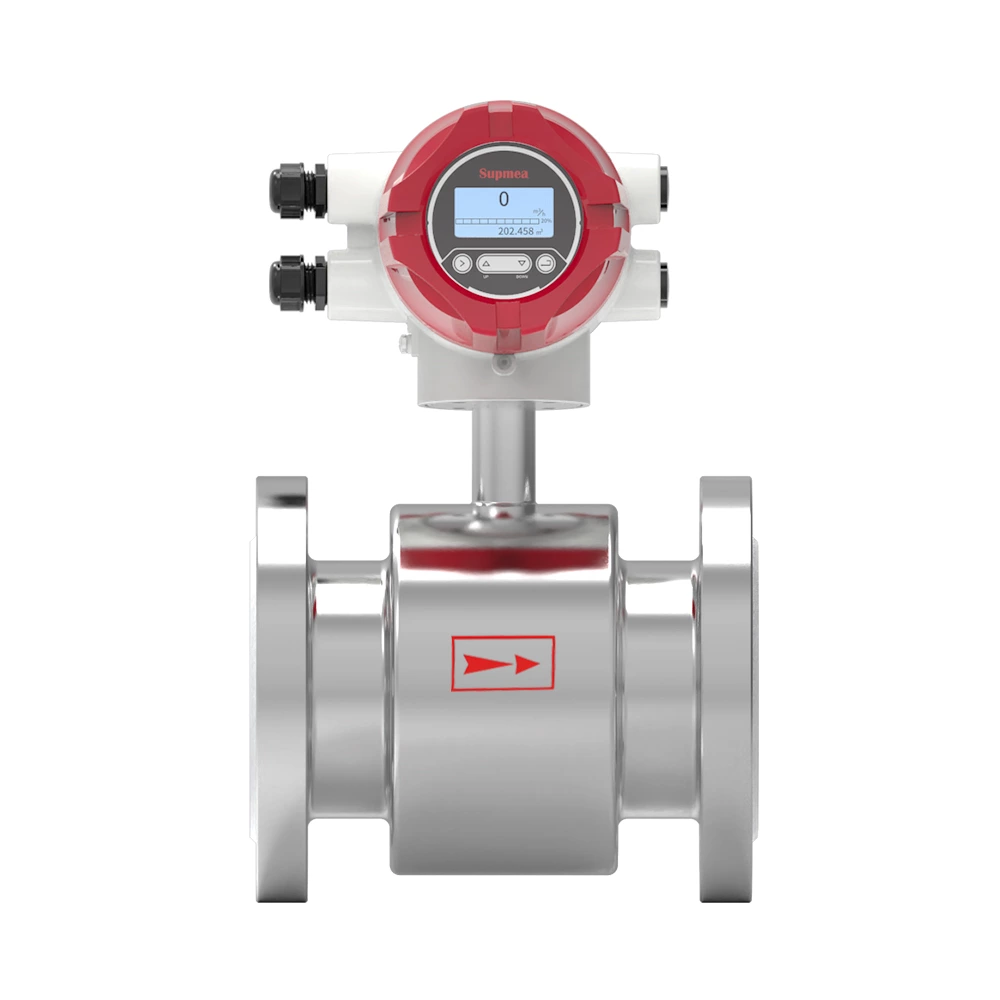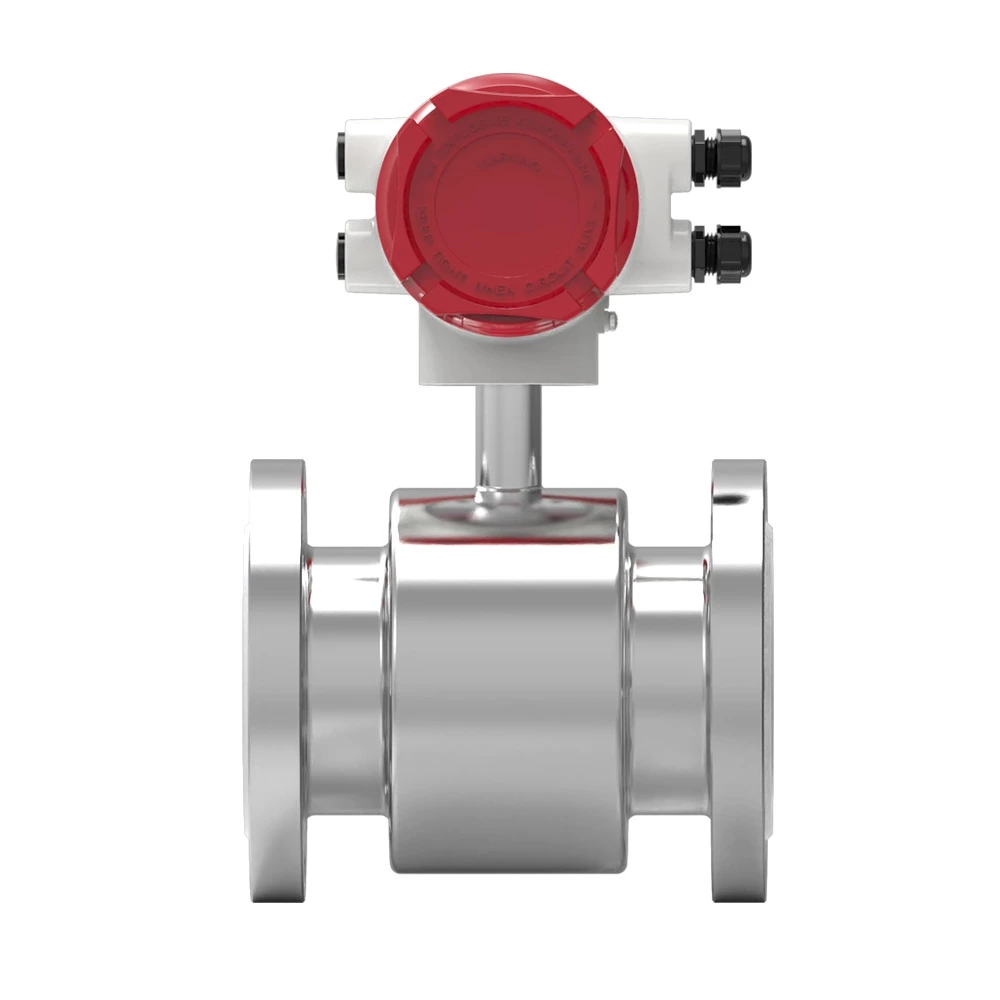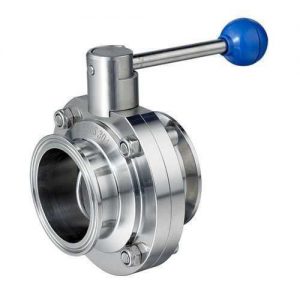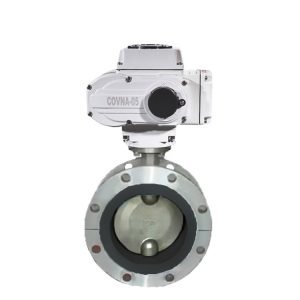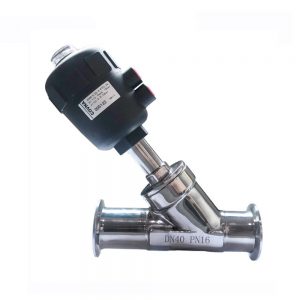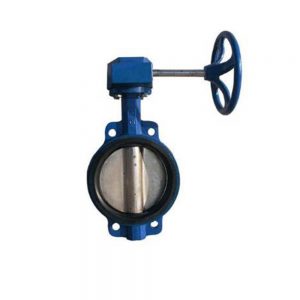COVNA LDGS Stainless steel body electromagnetic flow meter
Magnetic flow meters operate under the principle of Faraday’s Law of Electromagnetic Induction to measure liquid velocity. Following Faraday’s Law, magnetic flowmeters measure the velocity of conductive liquids in pipes, such as water, acids, caustic, and slurries. In order of usage, magnetic flowmeter use in water/wastewater industry, chemical, food and beverage, power, pulp and paper, metals and mining, and pharmaceutical application.
- Model: LDGR
- Size Range: DN10~600
- Pressure Range: Customized
- Material: Carbon steel
- Specification
| Product | Electromagnetic flow meter |
| Model | COVNA LDGS |
| Diameter nominal | DN15~DN1000 |
| Nominal pressure | 0.6~4.0MPa |
| Accuracy | ±0.5%,±2mm/s(flowrate<1m/s) |
| Liner material | PFA,F46,Neoprene,PTFE,FEP |
| Electrode material | Stainless steel SUS316L, Hastelloy C, Titanium, |
| Tantalum Platinum-iridium | |
| Medium temperature | Integral type: -10℃~80℃ |
| Split type: -25℃~180℃ | |
| Ambient Temperature | -10℃~60℃ |
| Electrical conductivity | Water 20μS/cm other medium 5μS/cm |
| Structure type | Tegral type, split type |
| Ingress protection | IP65 |
| Product standard | JB/T 9248-1999 Electormagnetic Flowmeter |
- Measuring principle
Mag meter works based on Faraday’s law, and measure conductive medium with conductivity more than 5 μs/cm and flow range from 0.2 to 15 m/s. An electromagnetic flow meter is a volumetric Flowmeter that measures the flow velocity of a liquid through a pipe.
The measurement principle of magnetic flow meters can be described as follows: when the liquid goes through the pipe at the flow rate of v with a diameter D, within which a magnetic flux density of B is created by an exciting coil, the following electromotive E is generated in proportion to flow speed v:
E=K×B×V×D
| Where: E-Induced electromotive force K-Meter constant B-Magnetic induction density V-Average flow speed in cross-section of measuring tube D-Inner diameter of measuring tube |
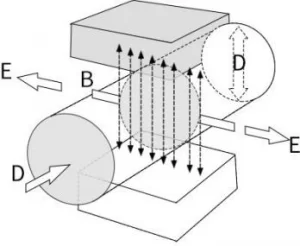 |
- Introduction
COVNA LDGS electromagnetic flow meter is applicable for all conductive liquids. Typical applications are monitoring accurate measurements in liquid, metering and custody transfer. Can display both instantaneous and cumulative flow, and supports analog output, communication output and relay control functions.
Stainless steel flow meters have several features and advantages, including:
- Corrosion Resistance: Stainless steel flow meters are highly resistant to corrosion, making them ideal for use in harsh environments, such as chemical processing plants, oil and gas refineries, and wastewater treatment facilities.
- Accuracy: Stainless steel flow meters are known for their accuracy, providing reliable and consistent measurements of fluid flow.
- Durability: Stainless steel is a robust material, which makes these flow meters durable and long-lasting, even under high pressure and temperature conditions.
- Easy Maintenance: Stainless steel flow meters require minimal maintenance, which helps reduce downtime and operating costs.
- Hygienic: Stainless steel is non-porous and easy to clean, making it a suitable material for use in the food and beverage industry, pharmaceutical industry, and other industries that require high levels of hygiene.
- Wide Range of Applications: Stainless steel flow meters can be used to measure the flow of a wide range of liquids and gases, including water, chemicals, petroleum, and other fluids.





